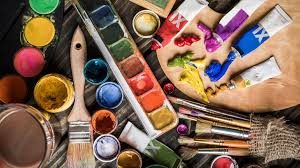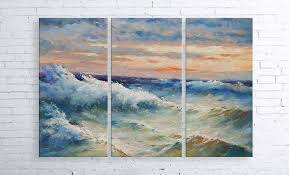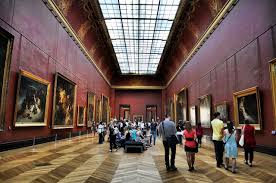paintings
ART UNIONS AND CREATIVE UNIONS OF RUSSIA ON THE TURN OF THE XIX-XX CENTURIES (part 2)
 The Association of New Architects (ASNOVA) is the first organization of innovative architects in post-revolutionary Russia, founded in 1923 in Moscow. The aim of the Association was to develop a new formal-artistic language of architecture, new methods of architectural education. The Association was closely connected with the Faculty of Architecture of Vhutemas, its members (N.V. Dokuchaev, V.F. Krinsky and others) organized a special department there, where teaching was conducted according to the new methodology. In addition, members of ASNOVA appeared in the press on various issues of architecture, and also prepared the publication “Architecture of Vhutemas” (M., 1927). Continue reading
The Association of New Architects (ASNOVA) is the first organization of innovative architects in post-revolutionary Russia, founded in 1923 in Moscow. The aim of the Association was to develop a new formal-artistic language of architecture, new methods of architectural education. The Association was closely connected with the Faculty of Architecture of Vhutemas, its members (N.V. Dokuchaev, V.F. Krinsky and others) organized a special department there, where teaching was conducted according to the new methodology. In addition, members of ASNOVA appeared in the press on various issues of architecture, and also prepared the publication “Architecture of Vhutemas” (M., 1927). Continue reading
sepia
combination
documentary
composition
province
selection
Museum
watercolors
workshop
finally
troubles
student
creation
photography
members
various
background
arrogance
milestone
manufacture
period
minerals
reproduction
technologies
again left
canvas
transmitted
different
movements
returned
available
professional
distinguished
emergence
community
subsequent
educational
artists
institution
phenomenon
sixties
performance
until
technique
density
soldiers
characteristic
contact
unshakable
modest
communal
landscape
development
festivals
traditions
landscapes
number
snowflakes
school
decorative
resistant
musician
harmony
absolutely
enthusiasm
ideological




